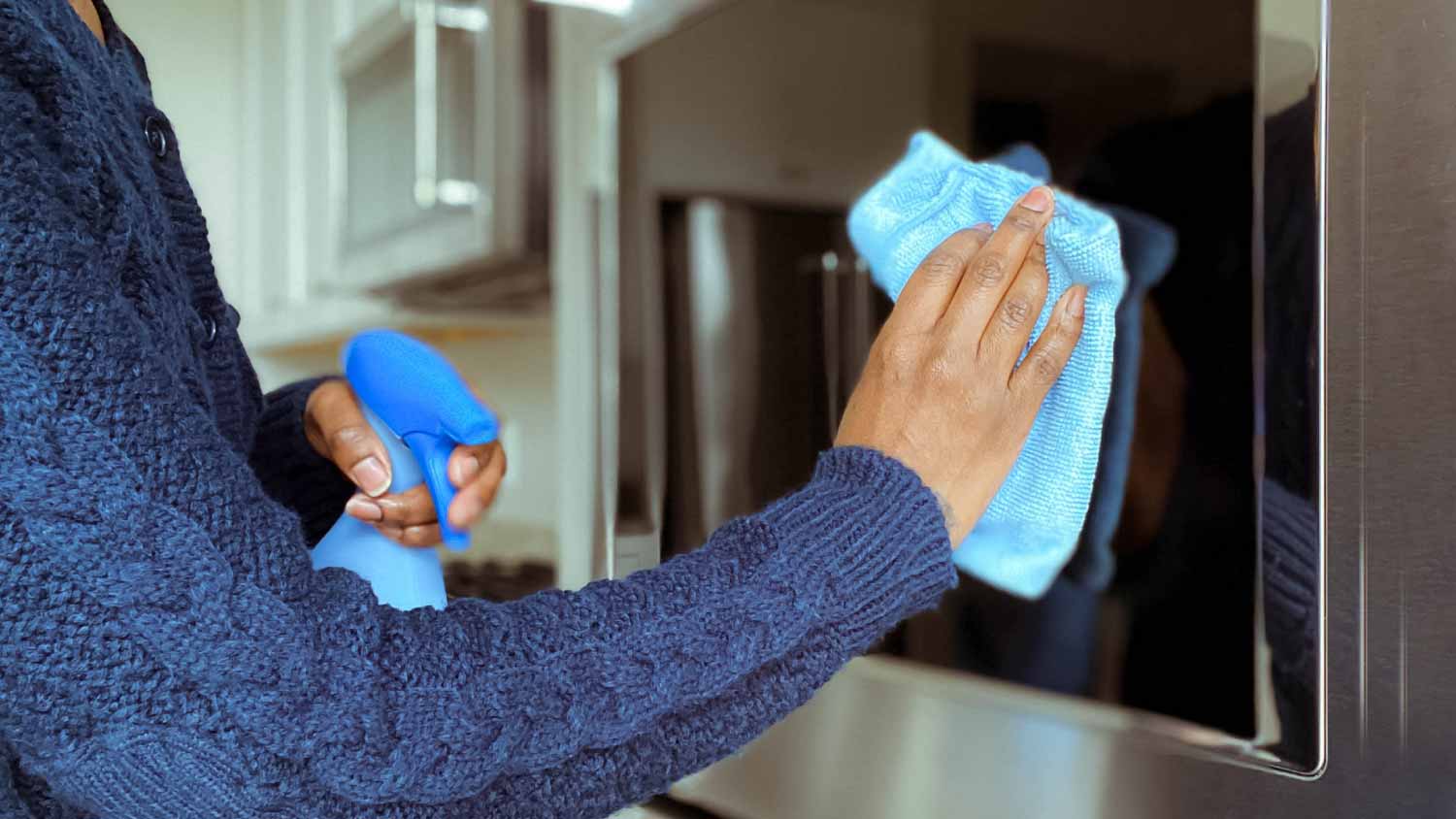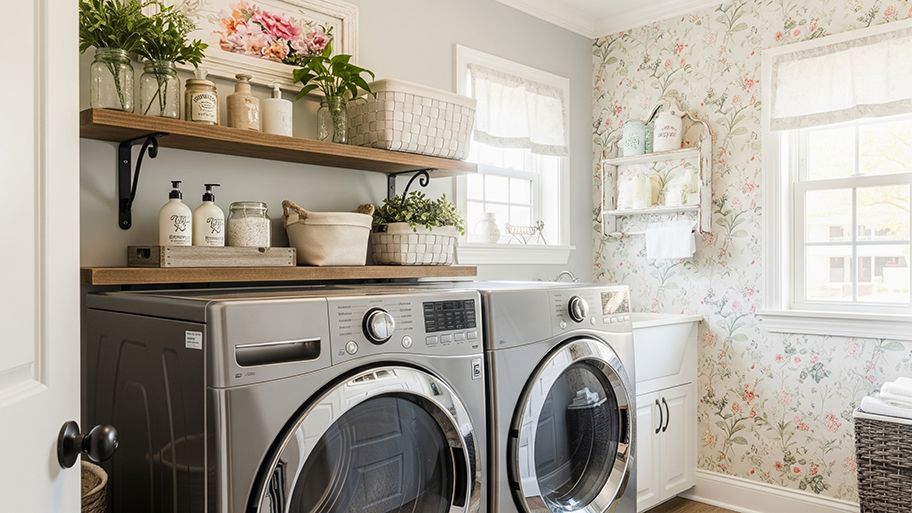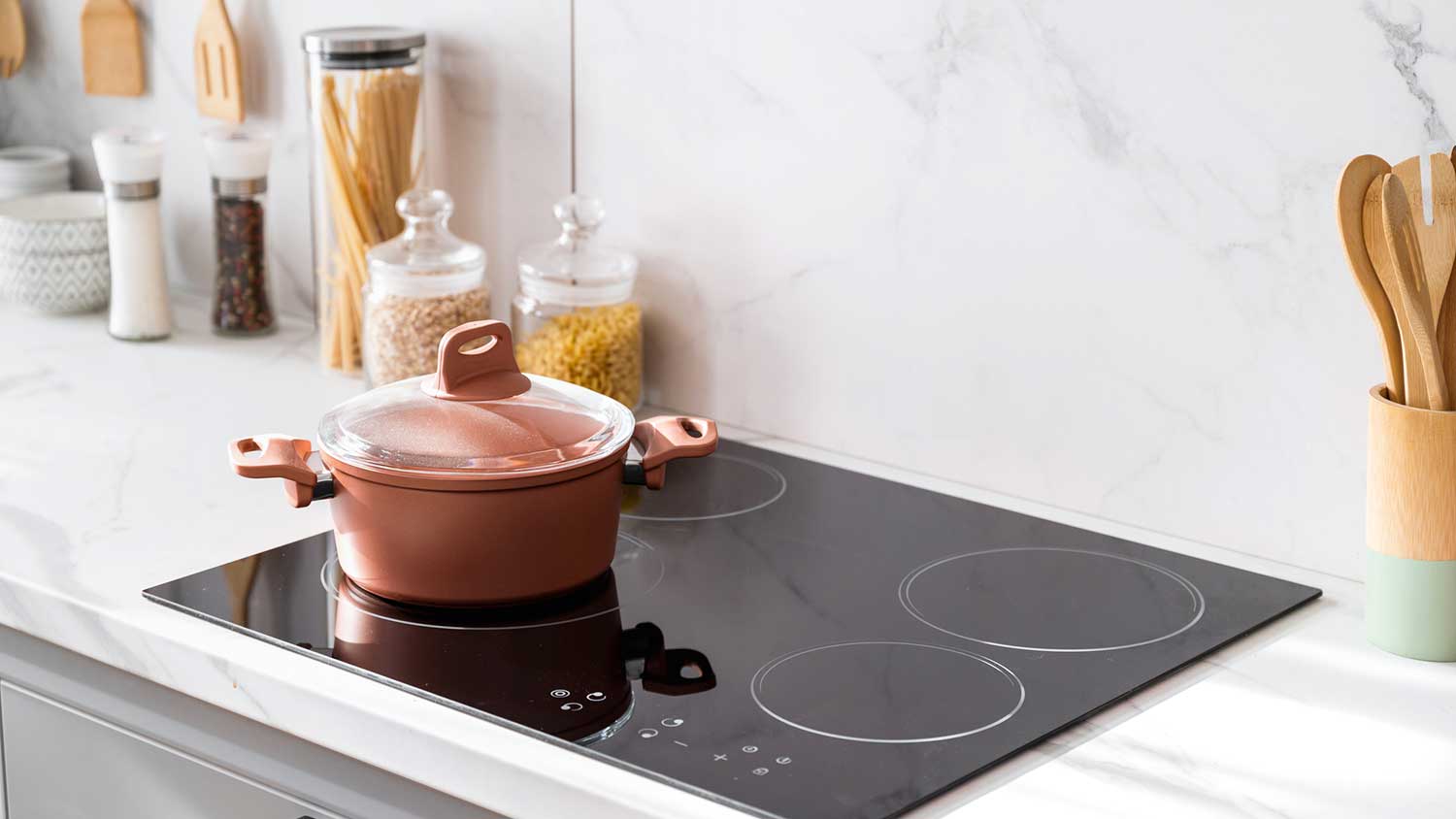
Get transparent refrigerator repair cost info. Learn what impacts price, compare repair vs. replacement, and find ways to save on your fridge repair.
Don’t lose that spark in the kitchen


The magnetron and transformer are the most expensive internal parts in a microwave.
The magnetron is the microwave part that fails most often.
Bulbs and filters are inexpensive and easy to fix yourself.
Proper maintenance can extend the life of your microwave.
Microwaves have become an essential appliance in most kitchens, offering quick, convenient meal prep. But what happens when your microwave stops working? Knowing the parts of a microwave and how they function can help you determine whether a DIY repair is possible or if it's time to call a professional. Let’s explore the main parts of a microwave, their functions, how they can fail, and the cost of repairs.

The external parts of a microwave not only provide the aesthetic structure but also house several functional components. Each external part plays a critical role in the appliance's performance, and when these parts malfunction, it can cause the whole system to fail.
The power cord supplies electricity to the microwave, allowing it to function. Located at the back of the unit, this cord plugs directly into an electrical outlet. While the power cord is generally durable, it can wear out or get damaged, especially if it's frequently bent or twisted. If it malfunctions, the microwave won’t turn on.
Replacing a faulty power cord is relatively inexpensive, costing around $10 to $30, depending on the model.
The control panel allows you to operate your microwave, selecting cooking times, power levels, and various other settings. It's usually located on the front, adjacent to the door. A malfunctioning control panel can make it difficult or impossible to use the microwave. In many cases, the microwave’s buttons may stop working or the touchpad may display an error message.
Replacing a faulty control panel typically costs between $100 and $300, depending on the complexity of the interface and the brand of the microwave.
The door is one of the most crucial external parts of a microwave because it ensures that microwaves do not escape during operation. It has safety mechanisms that prevent the microwave from running when the door is open. If the door is misaligned or the latch is broken, the microwave may not function properly or could pose a safety hazard.
Replacing a microwave door can cost anywhere from $200 to $500, depending on the model and whether the entire door needs to be replaced or just the latch.

The internal components of a microwave work together to heat and cook food efficiently. Each part plays a unique role in the microwave's functionality, and when one of these internal parts malfunctions, the entire microwave could be affected.
The magnetron is the heart of the microwave. It converts electrical energy into microwave radiation, which heats the food. It’s usually located behind a protective cover inside the microwave, and a faulty magnetron is one of the most common reasons a microwave stops heating food.
Replacing a magnetron is typically an expensive repair, costing an average of $100 to $200.
The transformer converts the electricity from your home into a higher voltage to power the magnetron. It’s located inside the microwave, near the magnetron. While transformers are generally reliable, they can fail over time, often due to overheating. If the transformer fails, your microwave won’t generate heat.
Replacing a transformer is relatively costly, ranging between $100 and $300.
The waveguide channels the microwaves from the magnetron to the cooking cavity. It’s located near the magnetron and above the cooking area. If the waveguide becomes blocked or damaged, the microwave may spark or won’t heat food properly.
Waveguide repair or replacement costs range from $30 to $100.
The cooling fan keeps the internal components from overheating while the microwave is running. It’s located near the magnetron and transformer. If the fan fails, the microwave may overheat, causing it to shut down.
Repairing a cooling fan typically costs between $75 and $200.
The cooking cavity is where you place your food for heating. It’s lined with metal to reflect microwaves and contains the turntable and interior light. While the cavity itself rarely malfunctions, it can become damaged if the microwave is misused, such as running it empty. If the cooking cavity becomes damaged or corroded, it could affect microwave performance.
However, repairing the cavity isn’t common, and replacement costs would depend on the severity of the issue.
The turntable is the rotating glass plate inside the microwave that ensures even cooking. It’s located at the bottom of the cooking cavity, and if the turntable stops rotating, food may not heat evenly. Fortunately, turntable motors are usually easy and inexpensive to replace, costing between $15 and $100. The glass turntable itself costs anywhere from $25 to $130 to replace.
Microwaves often have filters that help trap grease and odors, especially in over-the-range models. These filters are usually located under or behind the microwave, depending on the model. Grease filters can become clogged, reducing the microwave’s efficiency. Replacement filters are inexpensive, typically costing $10 to $20.
The door switch ensures that the microwave only operates when the door is securely closed. It’s located inside the microwave, near the door latch. If the door switch fails, the microwave will not turn on or function properly. Repairing a door switch typically costs between $50 and $100.
The light bulb illuminates the cooking cavity, allowing you to see your food while it’s heating. It’s located inside the microwave, near the cooking cavity. Light bulbs are prone to burning out over time but are inexpensive to replace, costing around $5 to $10. However, the microwave itself will function properly without the bulb — it will just be more difficult to view your food while it’s cooking.

Regular maintenance can help prolong the life of your microwave and prevent costly repairs. Here are some tips for maintaining the main parts of a microwave:
Clean the interior regularly to avoid grease buildup, which can affect components like the waveguide and filters.
Check the door for proper alignment and ensure that the door latch and switch are functioning correctly.
Inspect the power cord for wear and tear and replace it if necessary.
Keep the cooling fan clean by ensuring adequate airflow around the microwave and removing any dust buildup.
Replace filters as needed, especially in over-the-range models, to maintain optimal performance.
While some microwave repairs, like replacing a light bulb or cleaning filters, are relatively simple, others require advanced skills and tools. DIY microwave repairs can be dangerous, especially when dealing with high-voltage components like the transformer and magnetron.
If you’re not comfortable working with electrical components, it’s best to call a microwave pro near you. The average cost of hiring a professional to repair a microwave ranges from $50 to $100 per hour, depending on the issue. This cost is in addition to any replacement parts needed.
Deciding whether to repair or replace a microwave depends on the age of the appliance and the cost of repairs. If your microwave is fairly old and the repair costs more than half the price of a new one, it may be more cost-effective to replace it.
New microwaves can range from $100 to $700, depending on the features and brand, and the cost to install a new microwave ranges from $100 to $200, depending on the type of microwave. If your microwave is relatively new and the repair is inexpensive, fixing it is usually worth it.
From average costs to expert advice, get all the answers you need to get your job done.

Get transparent refrigerator repair cost info. Learn what impacts price, compare repair vs. replacement, and find ways to save on your fridge repair.

The cost to relocate washer and dryer hookups varies based on location, as well as whether your moving the appliances and adding new hookups. We’ve compiled a full price breakdown here.

Discover the average cooktop installation cost, key price factors, and tips to save. Learn what impacts your total cost and how to budget for your new cooktop.

Knowing which types of dryer plugs you should use will help keep your home safe from a fire hazard. Here's what you need to know about 3-prong versus 4-prong dryer plugs.

Cooking in your kitchen wouldn’t be possible without a range hood to capture all of that greasy smoke and billowing steam. This guide breaks down the types of range hoods and their benefits and drawbacks so you can make an informed decision.

Did you leave the gas on? If you went out and forgot to turn off the stove, don’t panic. Instead, remain calm and follow a few basic steps.